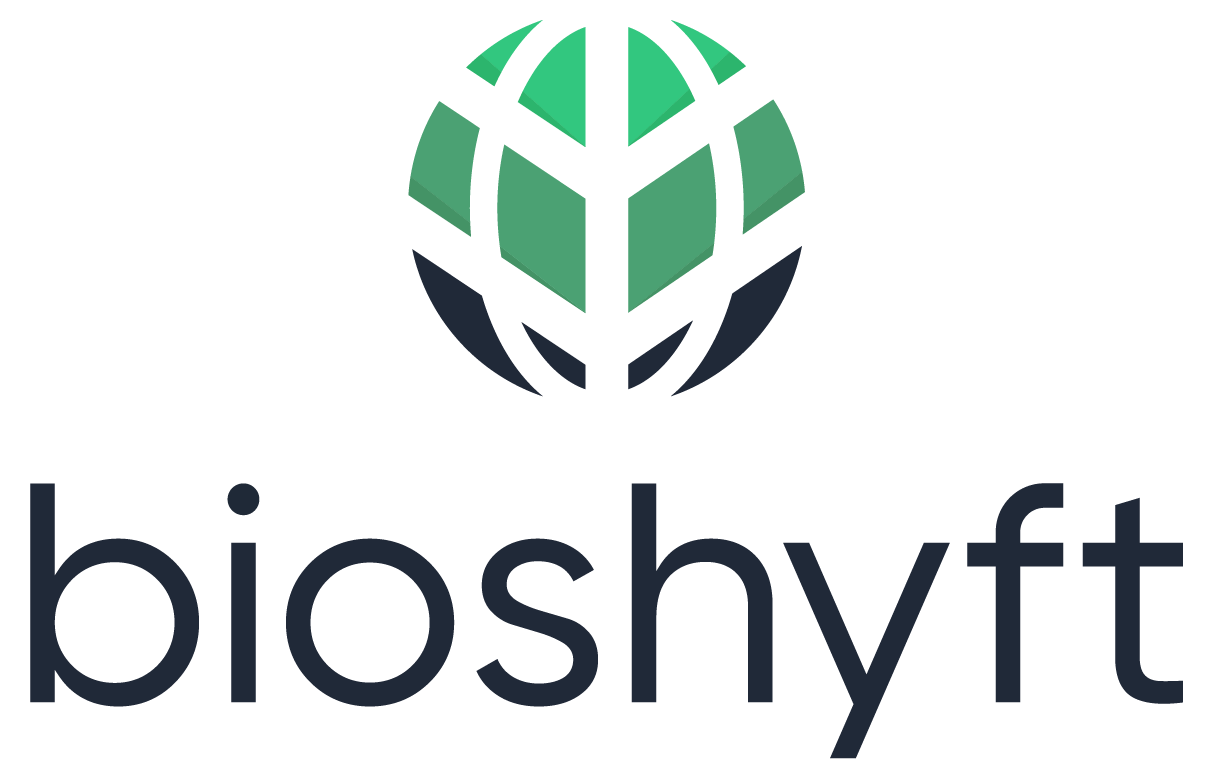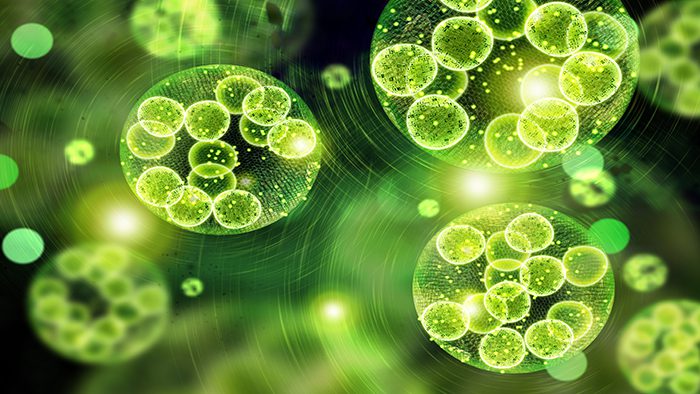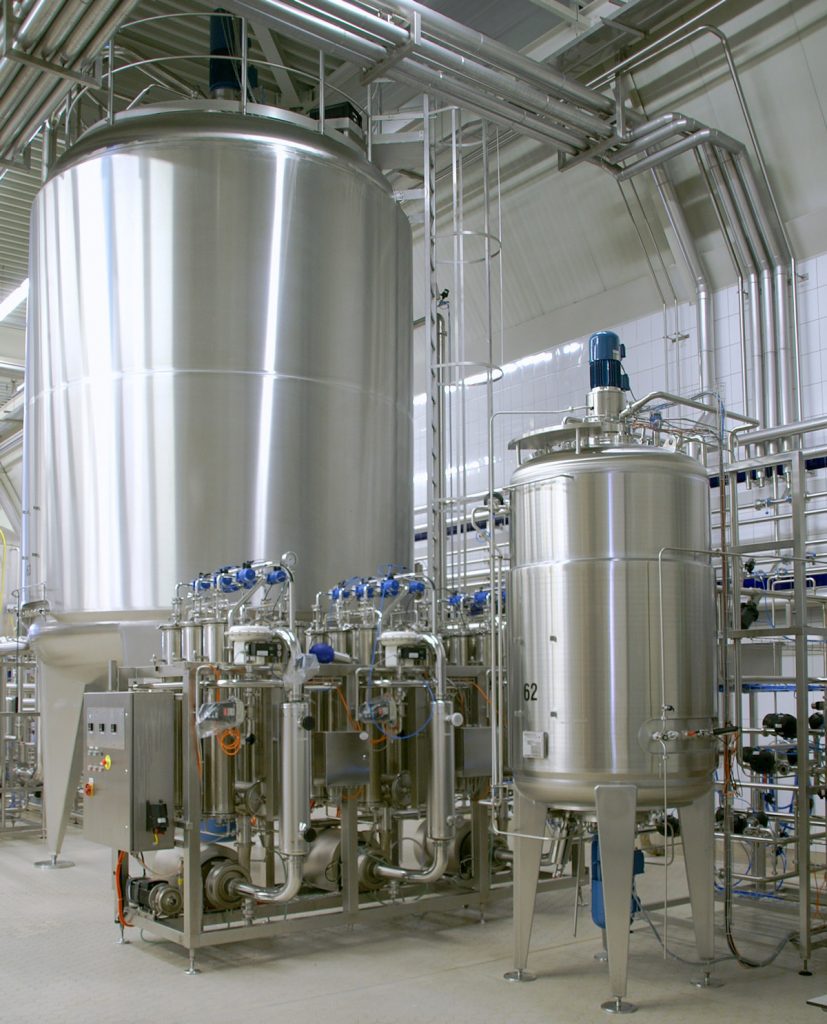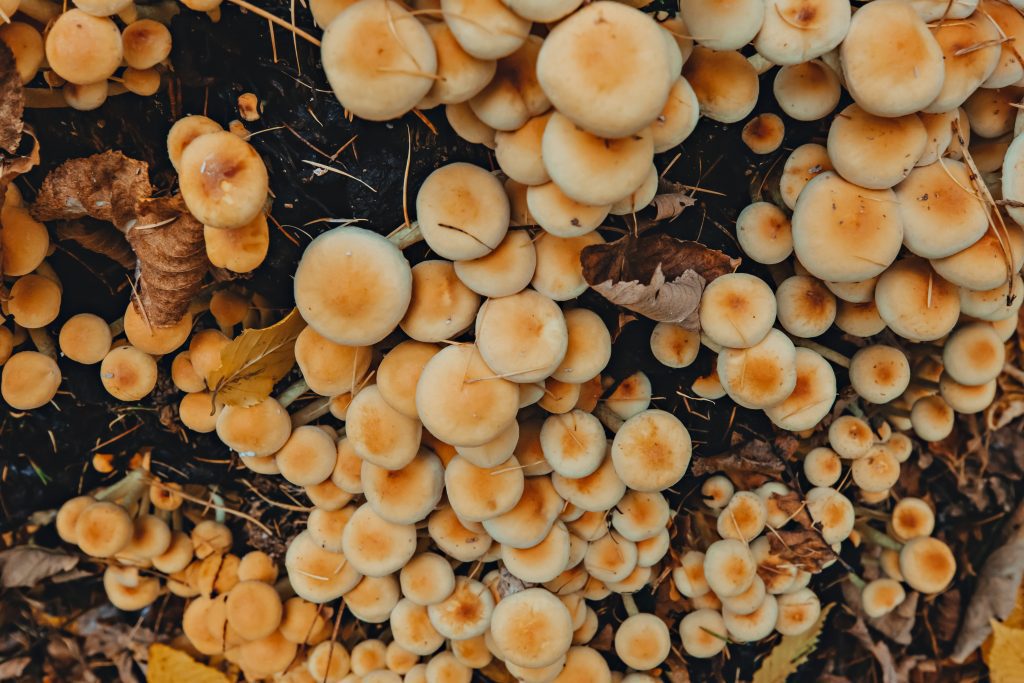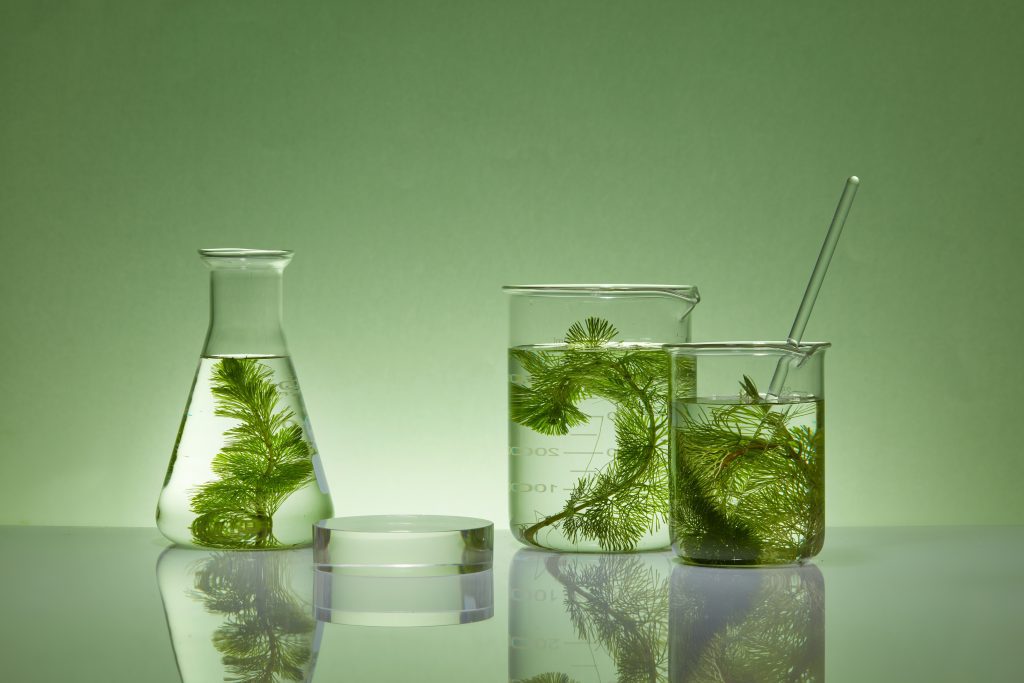Biochar: Ancient Technology Rediscovered for Sustainability
Biochar and its age-old application added with a modern twist, holds incredible potential to reshape industries and combat climate change. This article delves into the realm of biochar, uncovering its remarkable capabilities to enrich soil, capture carbon, and foster sustainable growth. From agriculture to waste management, the relevance of biochar technology is substantial, promising a greener and more resilient future for our planet. Introduction Biochar is a form of charcoal that is produced through the process of pyrolysis – the roasting of organic materials in a low-oxygen environment. While it may bear a resemblance to ordinary charcoal, it is generated through a distinct procedure aimed at reducing contamination and securely sequestering carbon. This unique substance has gained significant attention in recent years due to its potential applications in various fields, ranging from agriculture to environmental remediation. In this article, we will explore the potential of biochar and its promising benefits for a sustainable future. Relevance of Biochar In the face of climate change and soil degradation, biochar emerges as a game-changer. It’s seen as an important component of a win-win-win solution within the production of bioenergy. Thus, it permanently sequesters carbon, while improving soil and water quality. Incorporating this product into field soil or container substrates has the potential to offer added value by cutting down crop production expenses and offering enduring environmental advantages. For instance, biochar can yield financial benefits for farmers by curbing the need for phosphorus and potassium fertilizers, minimizing irrigation needs, and lowering nutrient losses. The potential market impact is substantial, with the global biochar market estimated to grow at a compound annual growth rate of 11.9% from 2021 to 2028, hence shows the rising demand for sustainable agricultural practices and carbon capture solutions. Benefits of Biochar Risks Associated with Biochar While it offers substantial benefits, challenges include variability in production methods and potential soil impacts. For instance, the presence of biochar in soils may change the physical and chemical properties of the soil. Thereby negatively affecting the growth conditions of microorganisms in the soil and crops. Other risks might include increased dust emission, leaching of endogenous pollutants and ecotoxicity. However, following standard production practices, tailoring biochar to specific soil types, and implementing sustainable sourcing can eliminate these risks. Additionally, public awareness campaigns can dispel misconceptions and foster its responsible utilization. Main Startups in the Field Several organizations are leading the way in biochar research, production, and application. Glanris, Airex Energy, ArSta eco, Perpetual Next and Tierra Prieta are prominent players that contribute to the growth of the biochar industry. Research institutions and agricultural bodies also play a pivotal role in advancing this technology. Explore all Key Startups: Example Case Study Dr. Stephen Machado, a researcher from Oregon State University, aimed to tackle certain soil health issues within the dryland wheat cropping system, specifically soil acidification and insufficient soil organic matter. To address these challenges, he turned his attention to using biochar as a potential remedy. Dr. Machado conducted field experiments both at the experiment station near Pendleton and on a farmer’s field in Athena, Oregon. The outcomes of these trials showed that applying biochar at a rate of 10 tons per acre led to an increase in soil pH, and hence resulted in a nearly 30% increase in crop yield. Conclusion The potential of biochar is vast and promising. Its applications in agriculture, climate change mitigation, environmental remediation, and renewable energy production make it a valuable tool for achieving sustainable development goals. However, further research and development are needed to fully unlock its potential and optimize its production processes. With continued advancements in this technology, we can harness its power to create a more sustainable and resilient future for generations to come. Explore related topics Sources:
Biochar: Ancient Technology Rediscovered for Sustainability Read More »
